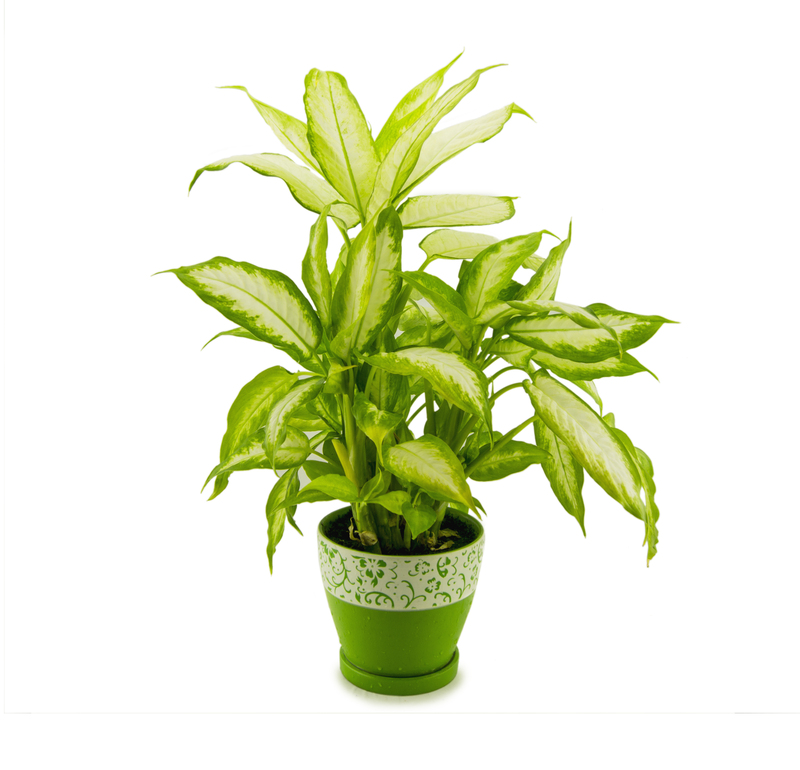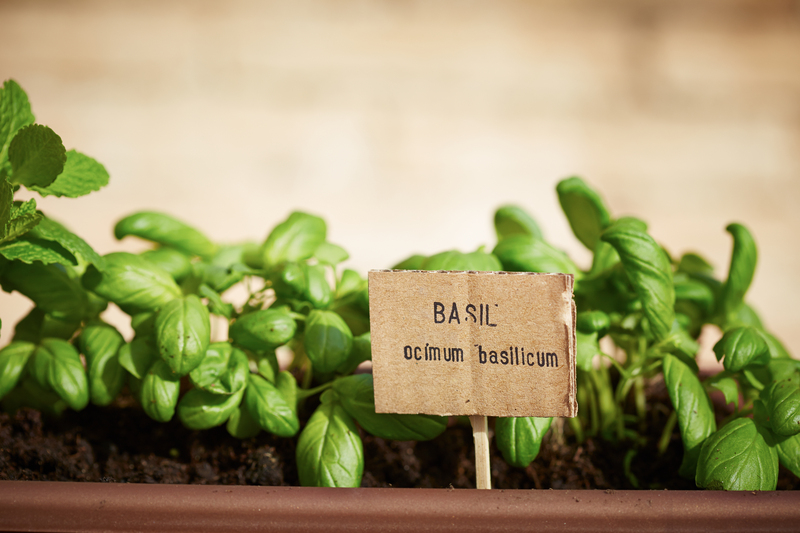Unlock the Secrets to a Relocatable Garden in 3 Steps
Are you an avid gardener living in a rental, planning to move, or simply a plant lover who wants flexibility? Creating a relocatable garden is the ultimate solution for those who want to take their love for gardening anywhere they go! In this comprehensive guide, you'll unlock the secrets to a relocatable garden in 3 steps and discover creative, sustainable ways to enjoy portable gardening. Whether you have a sprawling backyard, a tiny balcony, or wish for a garden you can always bring with you, this article will give you everything you need to kickstart--and preserve--your green oasis.
Why Choose a Relocatable Garden?
A portable garden is all about flexibility and convenience. Whether you're moving homes, rearranging your outdoor space, or adjusting according to seasons, a relocatable garden gives endless options without sacrificing your love for plants. Plus, as urban living expands and people move more frequently, the need for moveable gardens is higher than ever.
- For renters: Enjoy a lush green space without the worry of leaving it behind when moving.
- For homeowners: Rearrange your plants easily as you renovate or landscape.
- For garden enthusiasts: Experiment with different styles, locations, and microclimates--all with ease.

The 3 Key Steps to a Successful Relocatable Garden
Ready to create a relocatable garden? Here's how to master the art in just three simple steps:
Step 1: Plan Your Relocatable Garden Design
Every successful portable garden begins with a thoughtful plan. Before you start buying containers or potting soil, visualize your ideal flexible garden. Think about space requirements, mobility, sunlight, and drainage.
- Assess Space:
- Is it a balcony, rooftop, porch, or small backyard?
- Measure carefully to choose the right-sized containers and to avoid overcrowding.
- Sunlight and Climate:
- Observe the direction of sunlight for the most productive placement.
- Choose plants that thrive in your area and suit your sun/shade patterns.
- Mobility Needs:
- Think of the weight and shape of your containers.
- Will you be moving them frequently?
- Do you need wheeled planters?
- Water Access and Drainage:
- Portable gardens often dry quickly. Select efficient watering solutions like self-watering pots.
- Check for proper drainage to prevent root rot.
Choosing Plants for a Relocatable Garden
Not all plants adjust well to being moved or to container life. Some top choices for relocatable gardening include:
- Herbs (basil, mint, chives, rosemary)
- Leafy greens (lettuce, kale, spinach)
- Dwarf fruit trees (lemons, figs, olives)
- Compact vegetables (tomatoes, peppers, radishes)
- Ornamental plants (succulents, ferns, seasonal flowers)
Look for compact, shallow-rooted, and robust varieties. Use the local nursery's expertise to find the best options for your climate and lifestyle.
Step 2: Select the Perfect Portable Containers
The foundation of any relocatable garden is the choice of container. Containers dictate the mobility, health, and style of your portable plants.
Types of Moveable Planters
- Plastic Pots: Lightweight, inexpensive, and resistant to weather
- Ceramic and Terracotta: Classic look, heavier, good for stability but more challenging to move
- Self-Watering Containers: Ideal for busy lifestyles or frequent movers
- Grow Bags: Flexible, breathable, easy to store and move, perfect for root veggies and herbs
- Vertical Gardens: Hanging pockets or stackable planters for tight spaces
- Raised Beds on Wheels: Provide plenty of space while maintaining mobility
When choosing containers, always consider:
- Weight: Light is better for frequent moving.
- Drainage: Ensure there are holes or reservoirs to prevent waterlogging.
- Durability: Pick UV-resistant, weather-proof materials.
- Size: Choose sizes that match the plant's mature needs and your space constraints.
Innovative Ideas for Relocatable Garden Containers
Get creative to maximize your flexible gardening! Reuse household items like:
- Old buckets and tubs
- Wicker baskets (lined with plastic)
- Recycled crates or pallets
- Wheeled storage bins
Customizing your containers means you can match your garden to your lifestyle and decor, all while making relocation a breeze.
Step 3: Master Maintenance and Mobility of Your Moveable Garden
With your plan in place and containers chosen, it's time to focus on maintenance and mobility--the real secret to a thriving relocatable garden. Proper upkeep ensures your portable plants stay healthy, while smart strategies let you move your garden seamlessly.
Optimal Watering and Feeding
- Monitor soil moisture since pots dry out faster than ground soil.
- Invest in self-watering systems or drip irrigation for convenience.
- Feed with balanced, slow-release fertilizers for continual growth.
- Rotate plants for even sunlight and to prevent stress post-move.
Mobility Strategies for Your Portable Garden
- Keep It Light: Use lightweight containers and avoid overfilling with soil.
- Add Wheels When Possible: Wheeled stands, caster pots, and rolling raised beds make moving effortless.
- Smart Groupings: Arrange plants by size or needs so you can move them together in groups or trays.
- Seasonal Adjustments: Move sun lovers outside for summer and shade-tolerant plants indoors for winter.
- Temporary Home Solutions: Use plant caddies or trays when prepping for a big move to keep plants organized and protected.
Relocating Your Garden: Step-by-Step Guide
- Water your plants the night before moving--moist but not soggy keeps them stress-free.
- Group similar size and light requirement plants together for easier handling.
- Protect delicate plants with cardboard or bubble wrap during the move.
- Secure pots and trays in your transport vehicle to prevent tipping.
- Unpack promptly and acclimatize your relocatable garden to its new environment.
Bonus Tips to Make Your Relocatable Garden a Success
- Label plants so you remember their care instructions and track their movements.
- Keep a garden journal--record growth, bloom times, and notes on relocating success (or challenges).
- Experiment with vertical or stacked containers to maximize limited space.
- Join community groups or online forums for container gardening ideas tailored to your area.
- Compost in mini bins or use worm farms for ongoing sustainability in your moveable garden.

Frequently Asked Questions About Moveable Gardens
What are the best plants for a relocatable garden?
Compact, shallow-rooted plants do well--think herbs, leafy greens, strawberries, peppers, and dwarf varieties of fruit trees. Succulents and ferns are also excellent choices for mobile gardening.
How do I keep my portable garden healthy during a move?
Prepare plants in advance by watering well. Use mulch to retain moisture, and protect delicate foliage. Use wheeled platforms for larger planters. Unpack and acclimatize promptly in the new location.
Can I create a moveable vegetable garden on a balcony?
Absolutely! Use stackable planters, railing boxes, grow bags, and vertical containers to maximize space in tight balcony gardens. Herbs and salad greens are perfect choices.
What is the best soil for portable gardening?
A high-quality, lightweight potting mix suited for container gardening provides adequate drainage and nutrients without being too heavy to move.
Conclusion: Make Every Move a Green Success
A relocatable garden is freedom for modern gardeners--no matter where you live or how often you move. By following these three easy steps--planning, choosing the right containers, and mastering maintenance and mobility--you'll unlock the secrets to a portable garden that flourishes anywhere. Start today and enjoy an ever-green home that moves with you!
Ready to create your relocatable oasis? Share your portable gardening journey and tips in the comments below!